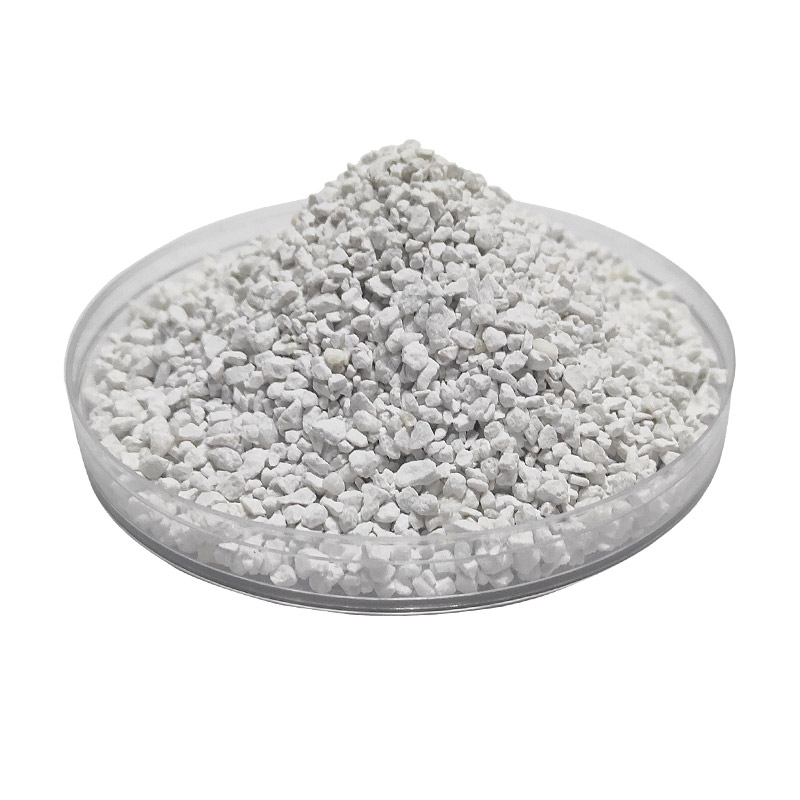When Should Flux be Applied in the Aluminum Casting Process?
Mar. 23, 2024
Aluminum casting is a widely utilized manufacturing process in various industries, ranging from automotive to aerospace. It involves the pouring of molten aluminum into a mold cavity to create intricate shapes and components. However, to ensure the quality and integrity of the final product, certain additives and techniques are employed throughout the casting process. One such crucial element is flux.

Before delving into the optimal timing for applying flux in the aluminum casting process, it's essential to understand the role of flux and its significance.
What is Aluminum Casting?
Aluminum casting is a method of shaping aluminum alloys by pouring molten aluminum into a mold cavity. Once cooled and solidified, the aluminum takes the shape of the mold, allowing for the production of complex components with high precision.
Understanding the Aluminum Casting Process
What is Flux?
Flux is a chemical compound used in metallurgy to promote the fusion of metals and to remove impurities from the surface of the molten metal. In aluminum casting, flux serves multiple purposes, including enhancing surface quality and minimizing oxide formation.
Importance of Flux in Aluminum Casting
Flux plays a crucial role in aluminum casting by facilitating the removal of oxides and other impurities from the metal surface, ensuring a clean and defect-free final product.
When Should Flux be Applied in the Aluminum Casting Process?
Preparing the Aluminum Surface
Before applying flux, it's essential to prepare the surface of the aluminum to ensure proper adhesion and effectiveness of the flux. This involves cleaning the surface to remove any dirt, oil, or other contaminants that may interfere with the flux application.
Conditions for Applying Flux
Flux should be applied when the aluminum surface is clean and free from oxidation. Additionally, the temperature of the molten aluminum should be within the recommended range for effective flux application.
Factors Affecting Flux Application
Several factors can influence the timing and effectiveness of flux application, including the alloy composition, casting temperature, and atmospheric conditions.
Benefits of Applying Flux in Aluminum Casting
Enhancing Surface Quality
By promoting the removal of oxides and impurities, flux helps improve the surface finish and overall quality of the cast aluminum components.
Minimizing Oxide Formation
Flux creates a protective barrier on the surface of the molten aluminum, preventing the formation of oxides and minimizing defects in the final product.
Types of Flux Used in Aluminum Casting
Common Types of Flux
There are several types of flux used in aluminum casting, including chloride-based, fluoride-based, and borax-based fluxes, each with its unique characteristics and applications.
Characteristics of Each Type
The choice of flux depends on factors such as the alloy composition, casting temperature, and desired surface finish. Different types of flux offer varying levels of effectiveness and environmental impact.
Application Methods for Flux in Aluminum Casting
Traditional Methods
Traditional methods of applying flux include brushing, spraying, or dipping the aluminum components into a flux solution. These methods are effective but may require manual labor and supervision.
Advanced Application Techniques
Advanced techniques such as flux injection systems and automated flux application equipment offer precise control over the flux application process, ensuring uniform coverage and optimal results.
Challenges and Considerations in Flux Application
Environmental Concerns
Some flux formulations contain hazardous chemicals that can pose environmental risks if not handled and disposed of properly. It's essential to adhere to safety guidelines and regulations when using flux in aluminum casting.
Safety Precautions
Operators should wear appropriate personal protective equipment when handling flux and ensure adequate ventilation in the casting area to minimize exposure to fumes and airborne particles.
Conclusion
In conclusion, flux plays a vital role in the aluminum casting process by promoting the removal of impurities and enhancing surface quality. By understanding the optimal conditions and techniques for applying flux, manufacturers can ensure the production of high-quality aluminum components with minimal defects.
22
0
0
None
None

Comments
All Comments (0)